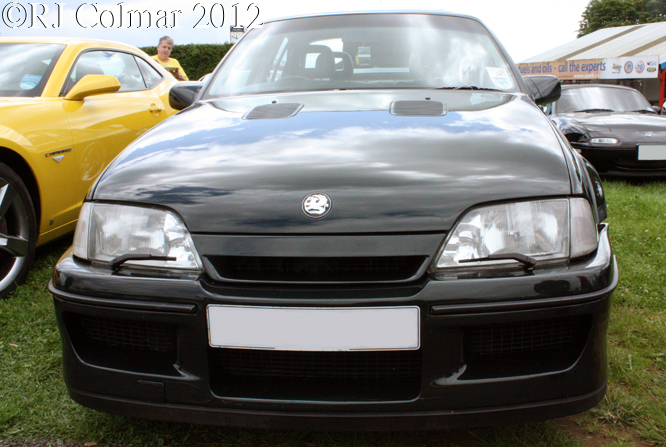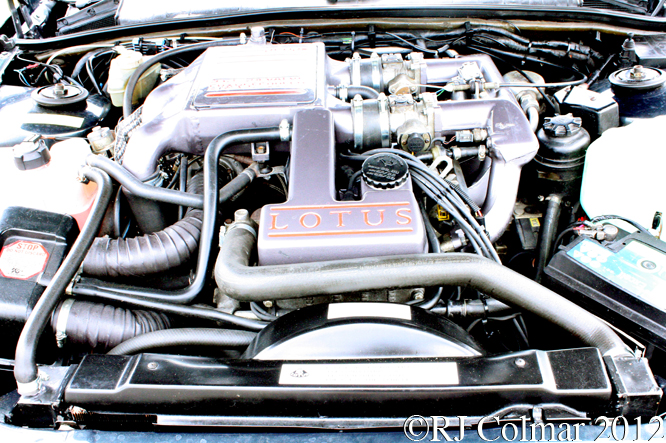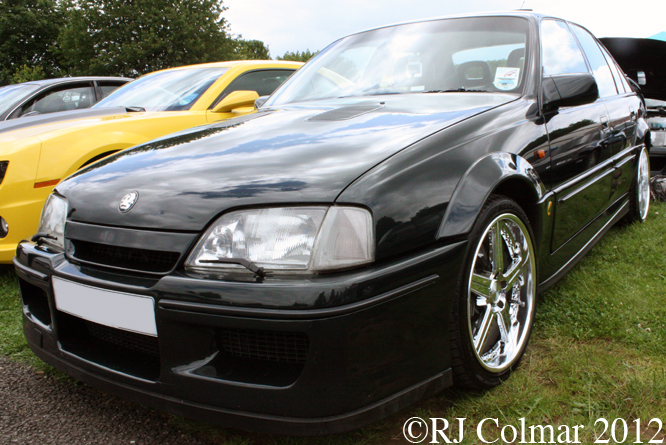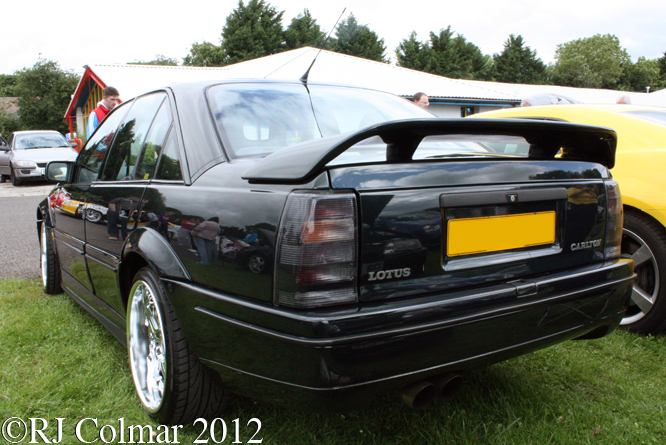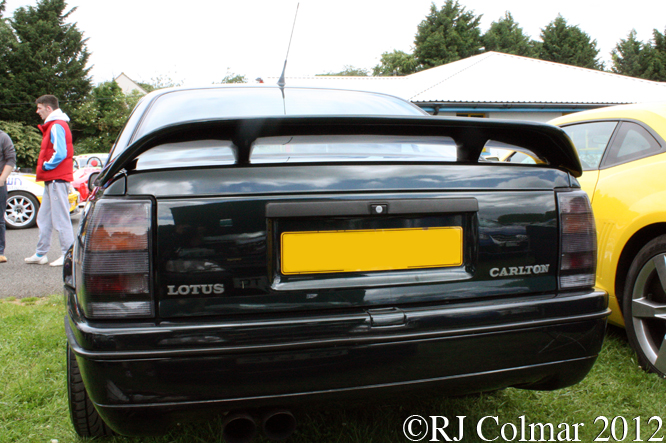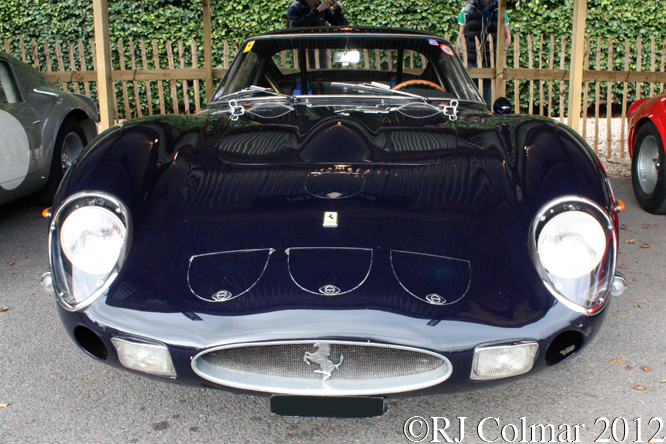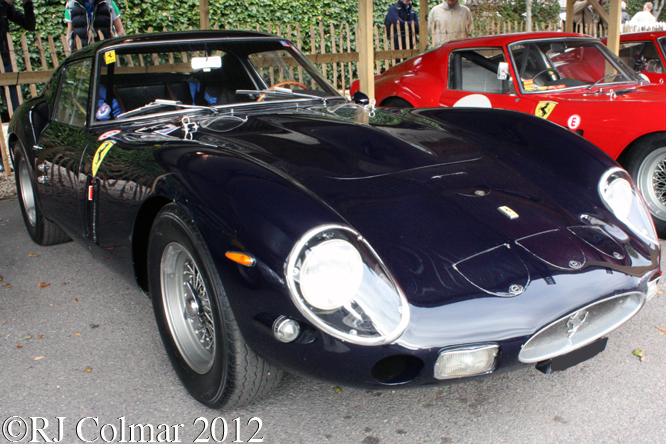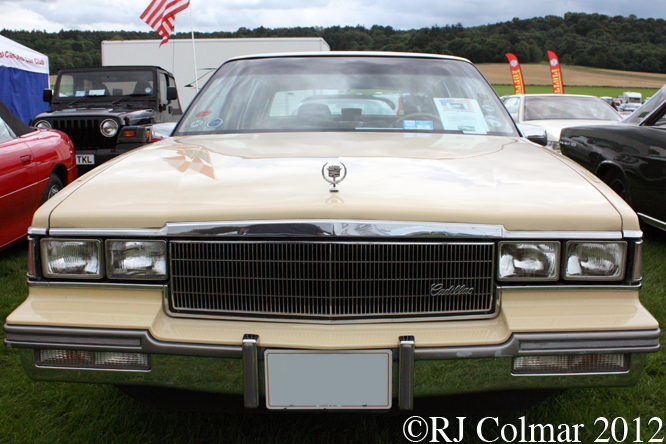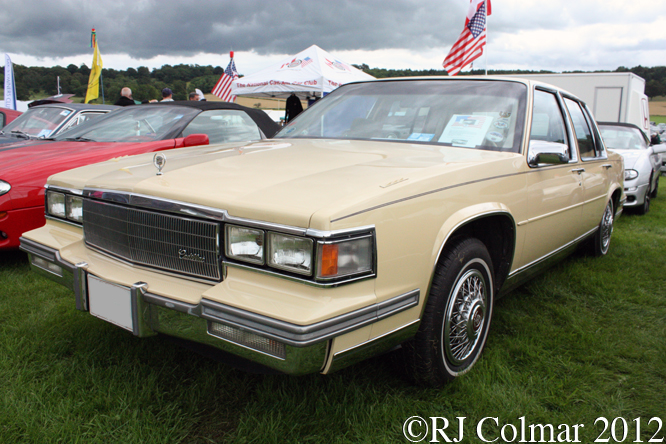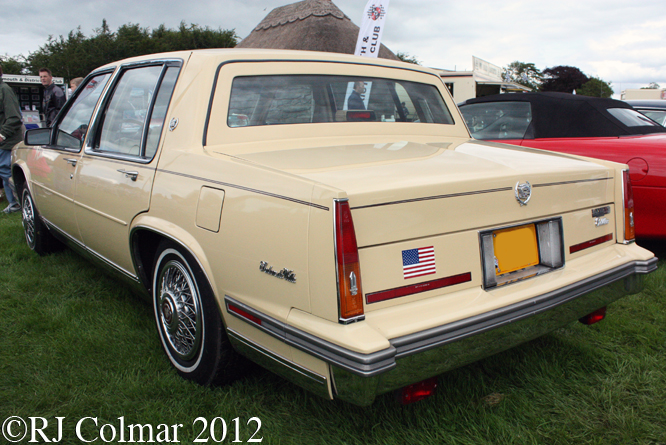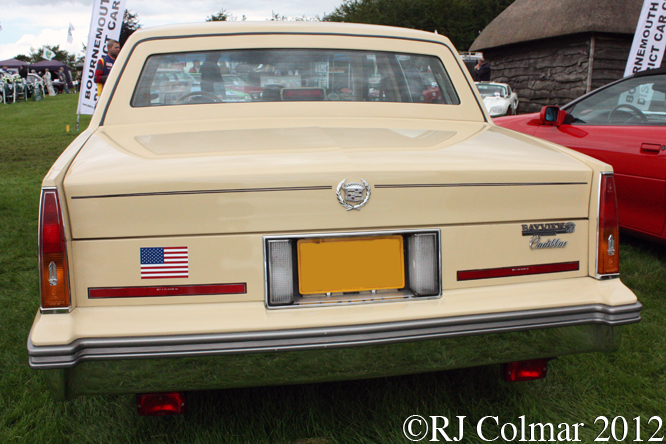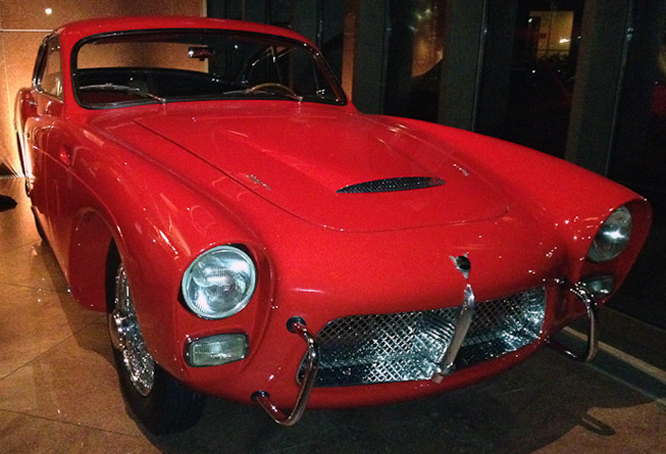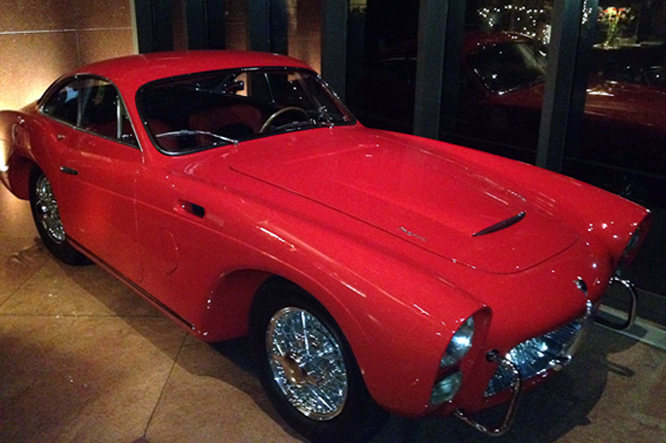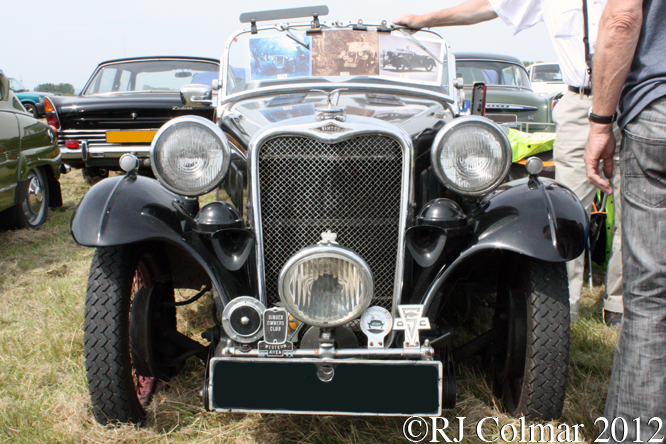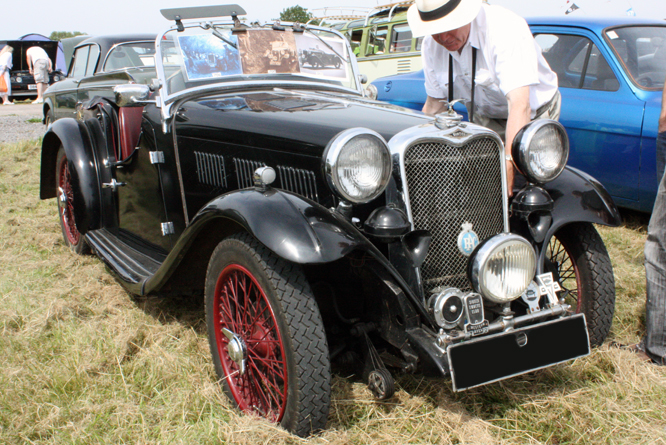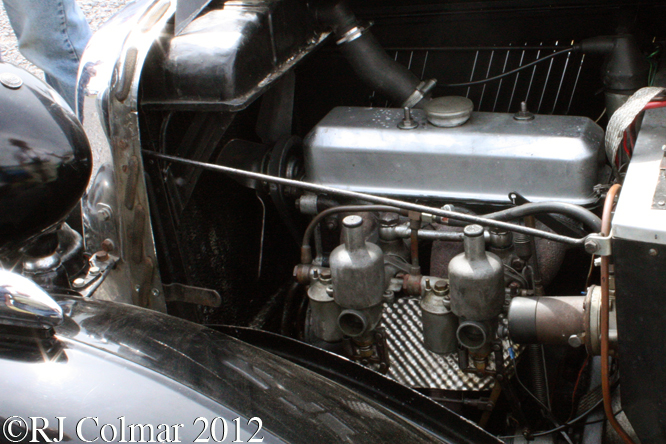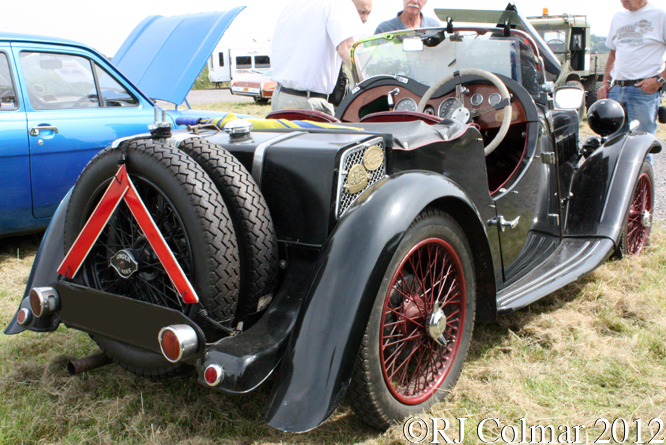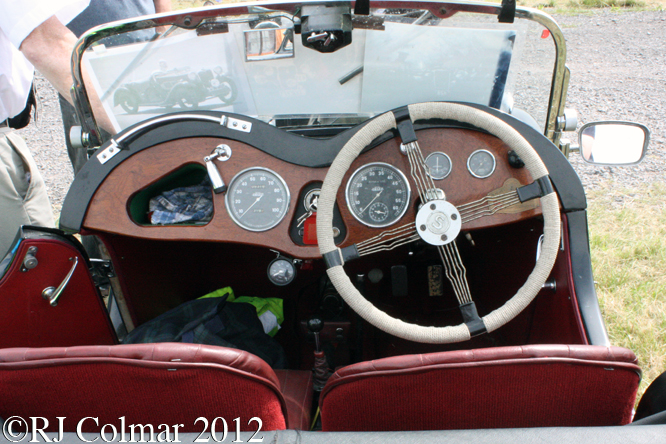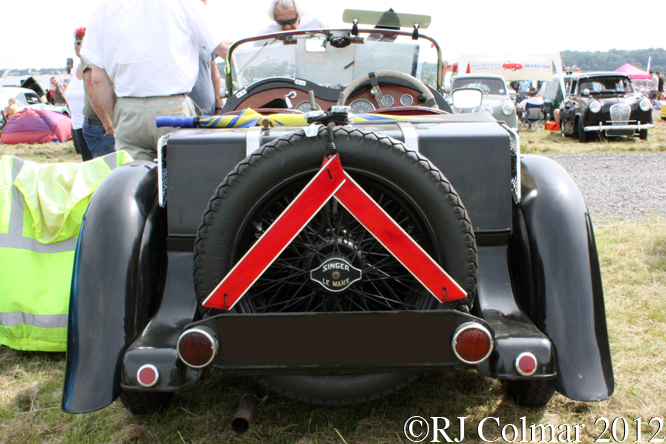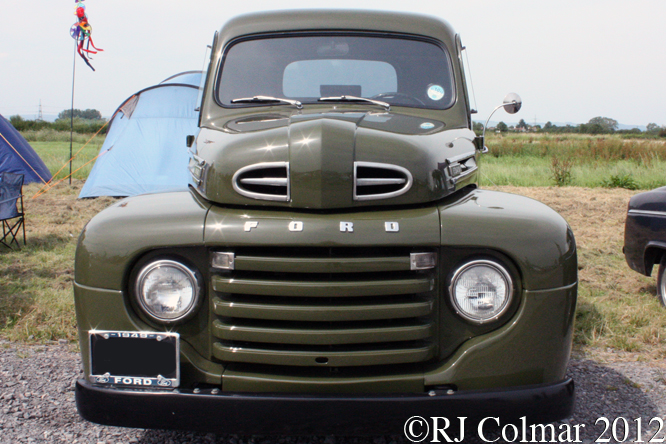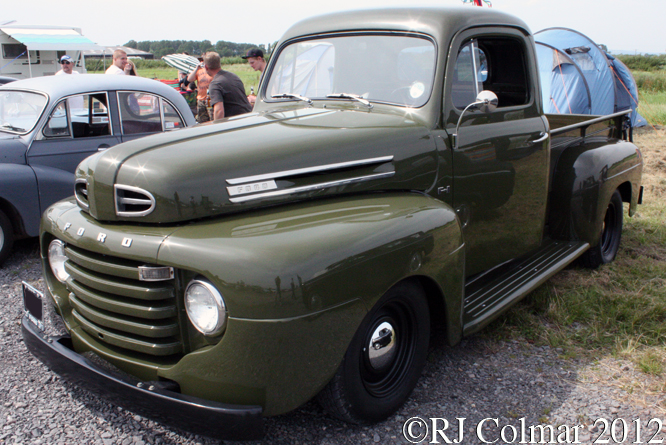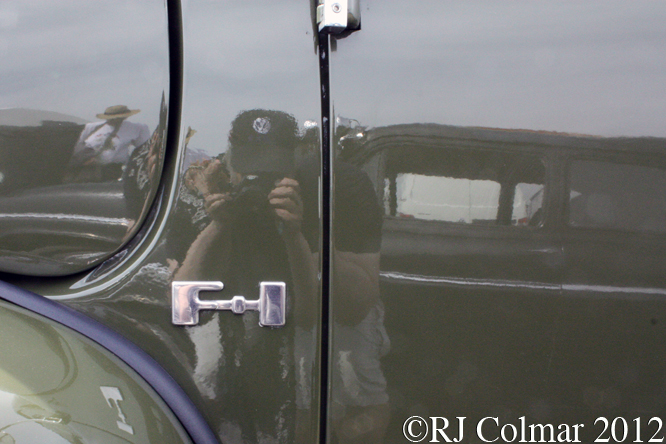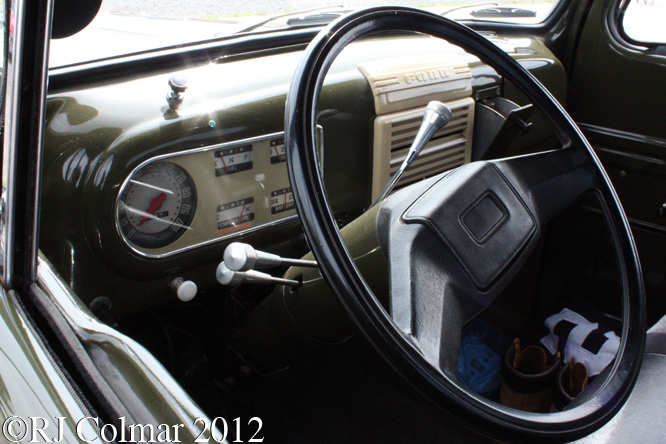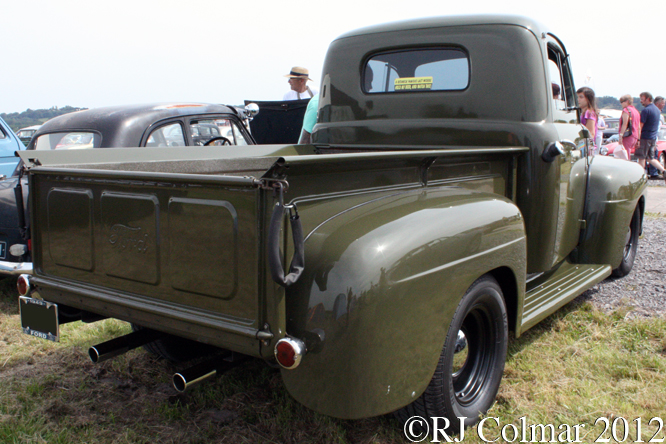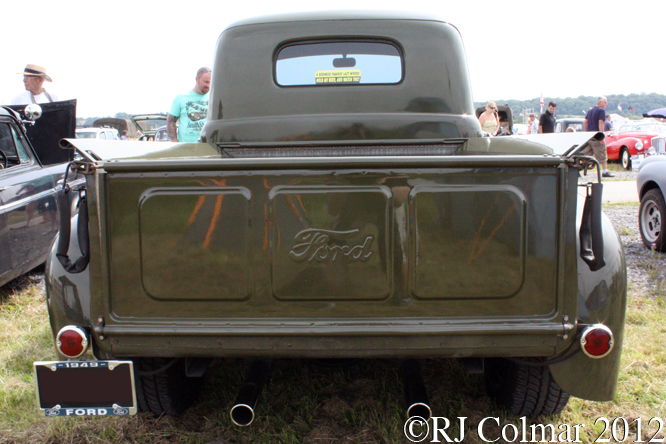After winning three World Drivers Championships two with Cooper in 1959 and 1960 and one with his own Brabham Team in 1966 Jack Brabham decided he was going to sell up and retire at the end of 1969. He got as far as selling the team to his partner the Australian designer/engineer Ron Tauranac in 1969 but after Jochen Rindt elected to stay with the Lotus team for 1970 Jack Brabham drove for the team in 1970 before hanging up his helmet with his team placed 4th in the constructors championship.
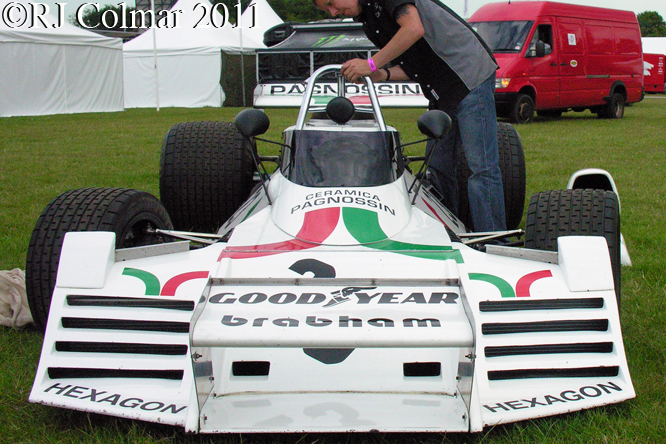
The following season Ron ran the Brabham team with Graham Hill and Tim Schenken scoring a non championship race win with Graham Hill and a few points in the championship. Ron decided that he needed a business partner to continue and ended up selling the team to a former racer sometime team owner and driver manager called Bernie Ecclestone. It soon become clear that both Ecclestone and Tauranac liked things done their was and so Ron left early in 1972.
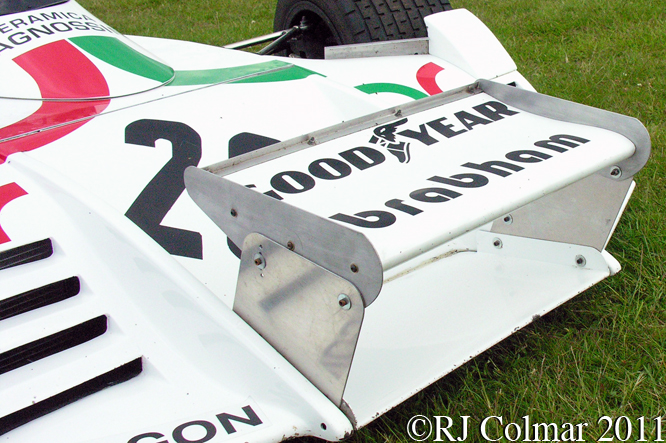
For the 1972 season Graham Hill was still the number one driver with Argentinian Carlos Reutemann and Wilson Fittipaldi, brother of 1972 World Champion Emerson, driving second and third string entries.For the second year running Brabham finished 9th in the constructors championship last of the point’s scorers.
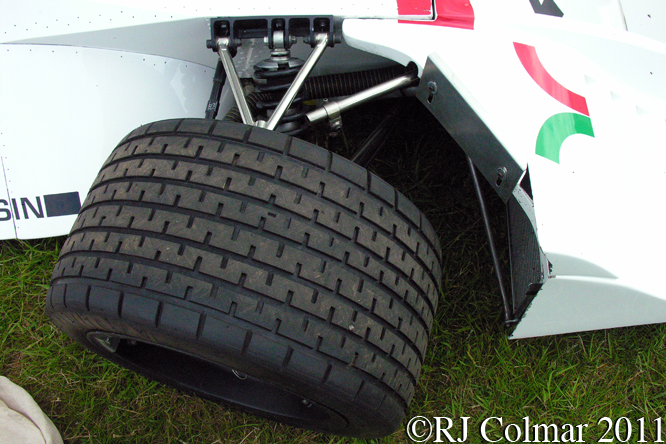
For 1973 South African Gordon Murray was given the responsibility of coming up with the Brabham team’s new challenger and he came up with the Brabham BT42 built around a monocoque that unusually, for the time, featured a triangular cross section as seen seen in these photographs.
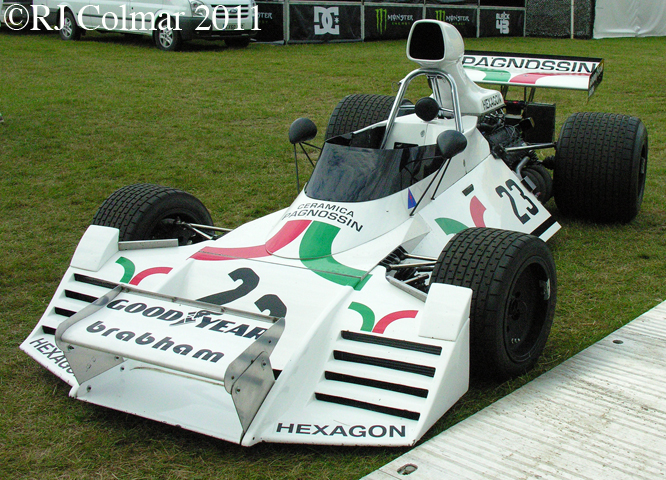
Carlos Reutemann and and Wilson Fittipaldi were the teams front line drivers being joined on occasion by Andrea de Adamich until he broke his legs in an accident on the opening lap of the British Grand Prix, Andrea was replaced by Rolf Stommelen and then John Watson in the final Grand Prix of the season at Watkins Glen.
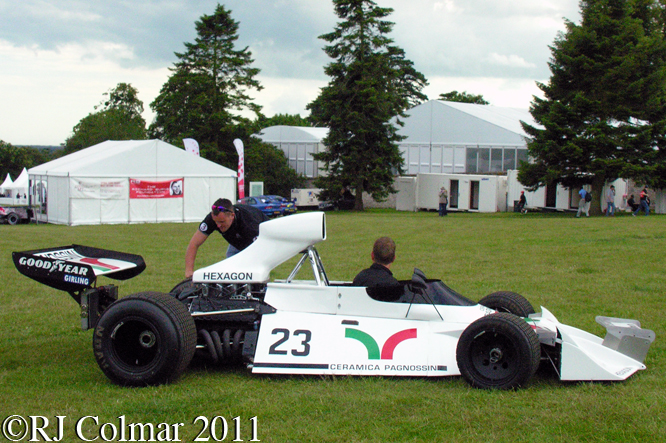
Reutemann managed six points paying finishes with the best being two thirds in the 1973 French and US Grand Prix while Andrea, in an older 1972 Brabham BT37, and Wilson added another 6 points between them all of which moved Brabham back up to 4th in the World Constructors championship.
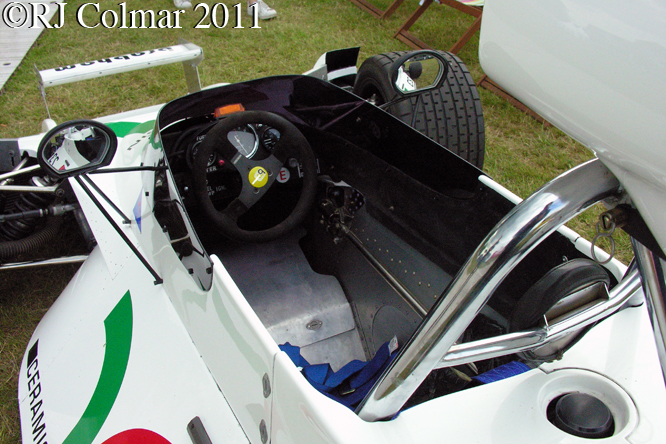
This particular chassis is the sixth and final Brabham BT42 built it first appeared in the 1973 Austrian Grand Prix as a replacement for the chassis damaged in the accident at the 1973 British GP. Rolf Stommelen drove the car three times qualifying a best 12th in Italy and finishing a best 12th in Italy and Canada. John Watson qualified the car 24th for the US Grand Prix but the engine did not go the race distance.
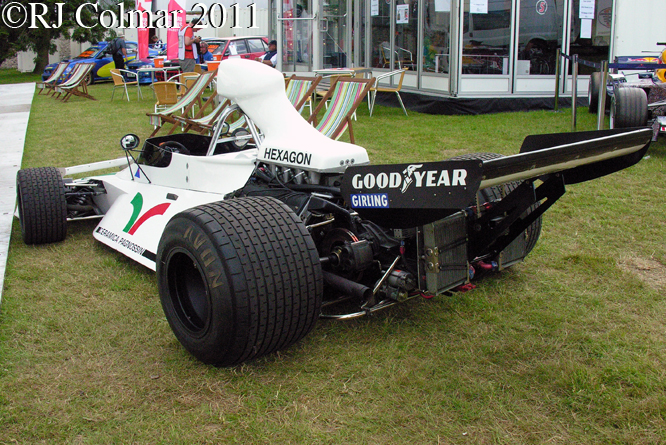
Bernie Ecclestone sold chassis #BT42/6 and BT42/5 to Martino Finotto for the 1974 season, Finotto a seasoned sports car racer realised he was out of his depth in Formula One and so arranged for fellow sportscar racers Swiss Silvio Moser, 1973 and ’74 Le Mans winner Gérard Larrousse, Austrian Helmut Koenigg and Italian Carlo Facetti to drive the cars in several European Grand Prix.
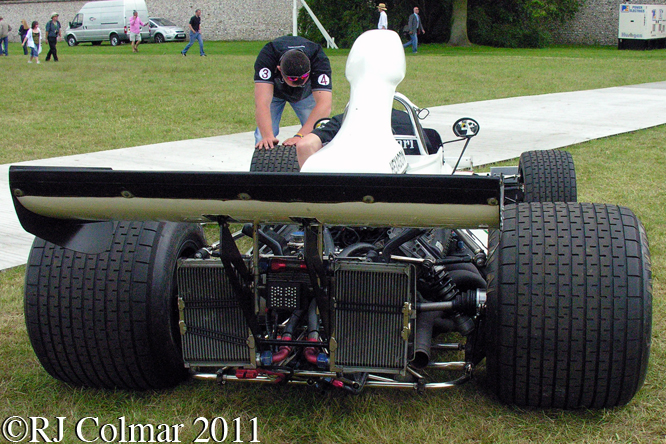
In the end only Gérard Larrousse made a start in the car, having qualified 28th for the 1974 Belgian Grand Prix he retired with tyre issues. When Gérard unsuccessfully tried to qualify the car at the 1974 French Grand Prix it carried a particularly hideous airbox as can be seen in this linked image.
Thanks for joining me on this “Murray’s Triangular Monocoque” edition of “Gettin’ a li’l psycho on tyres” I hope you will join me again tomorrow. Don’t forget to come back now !


